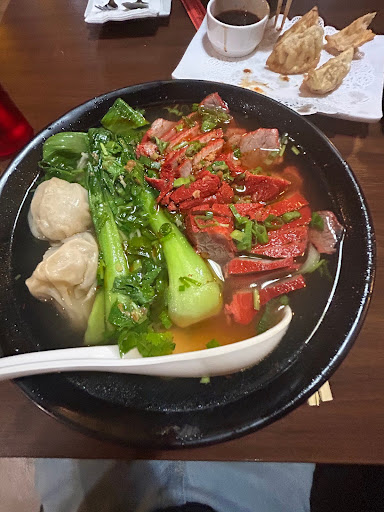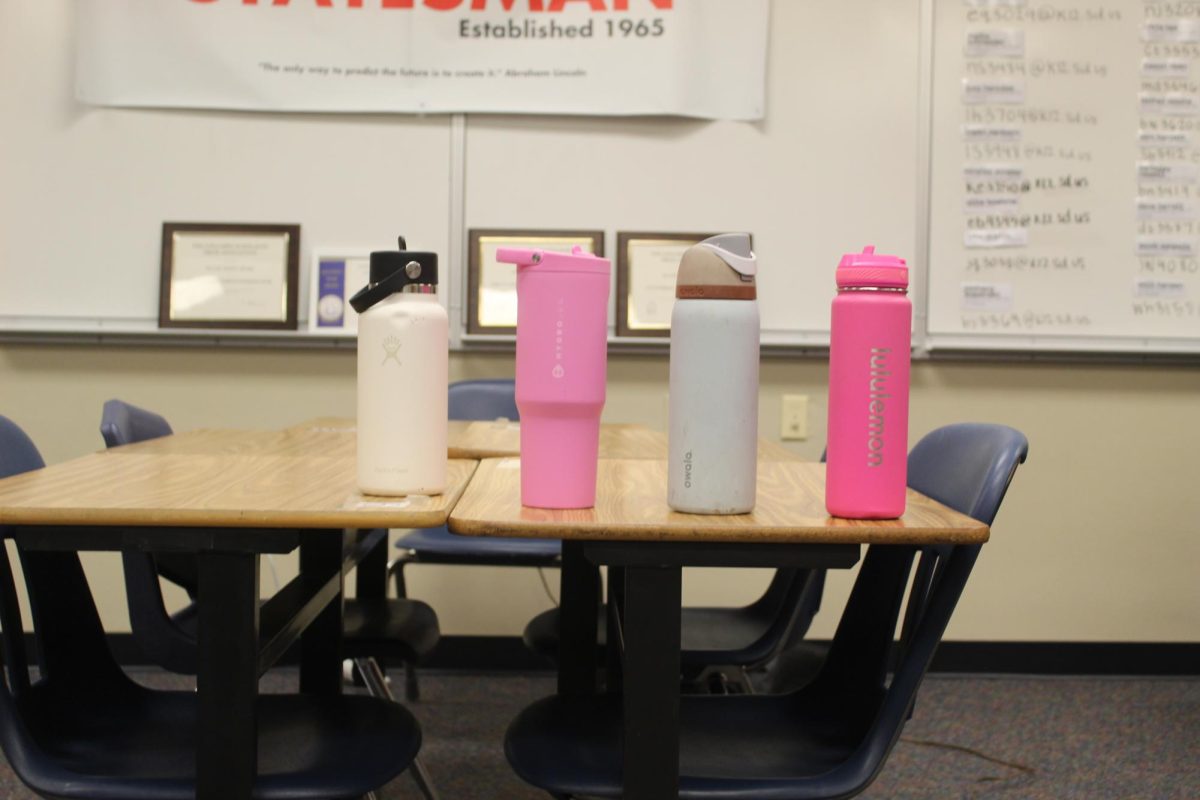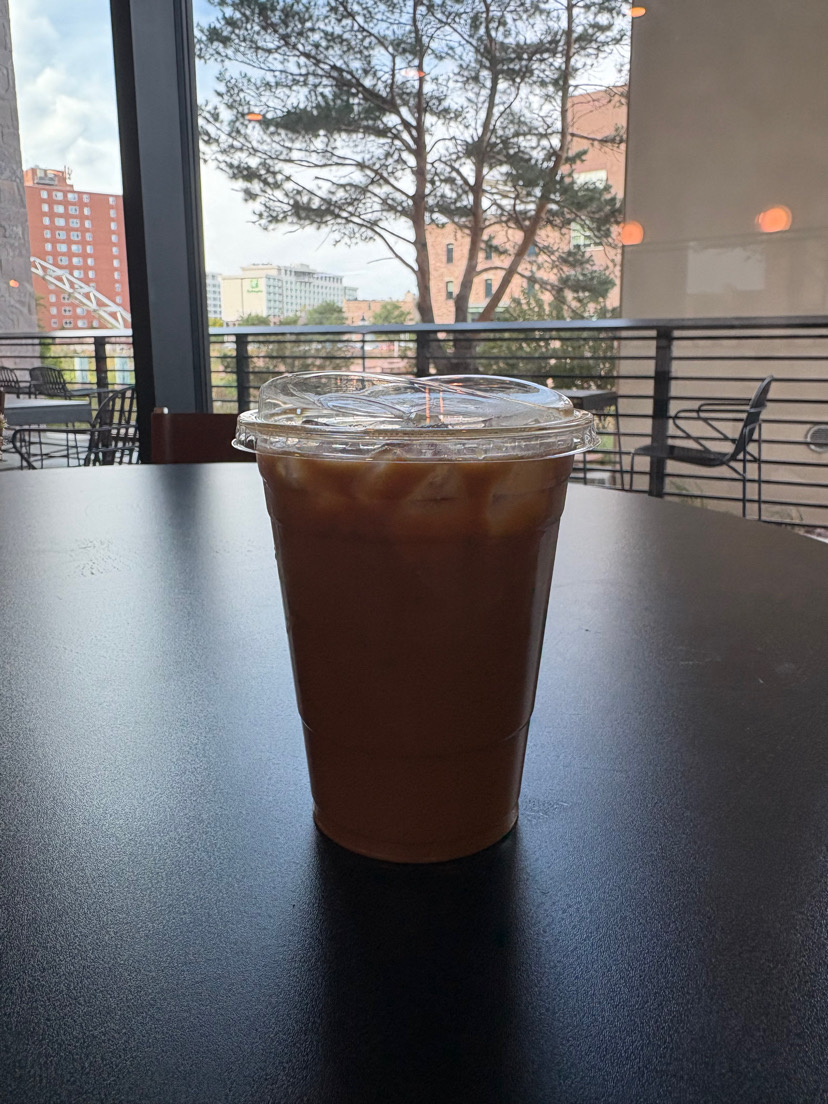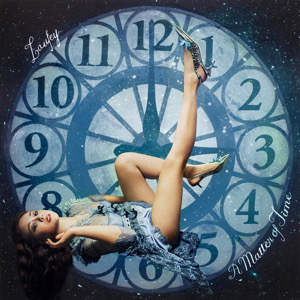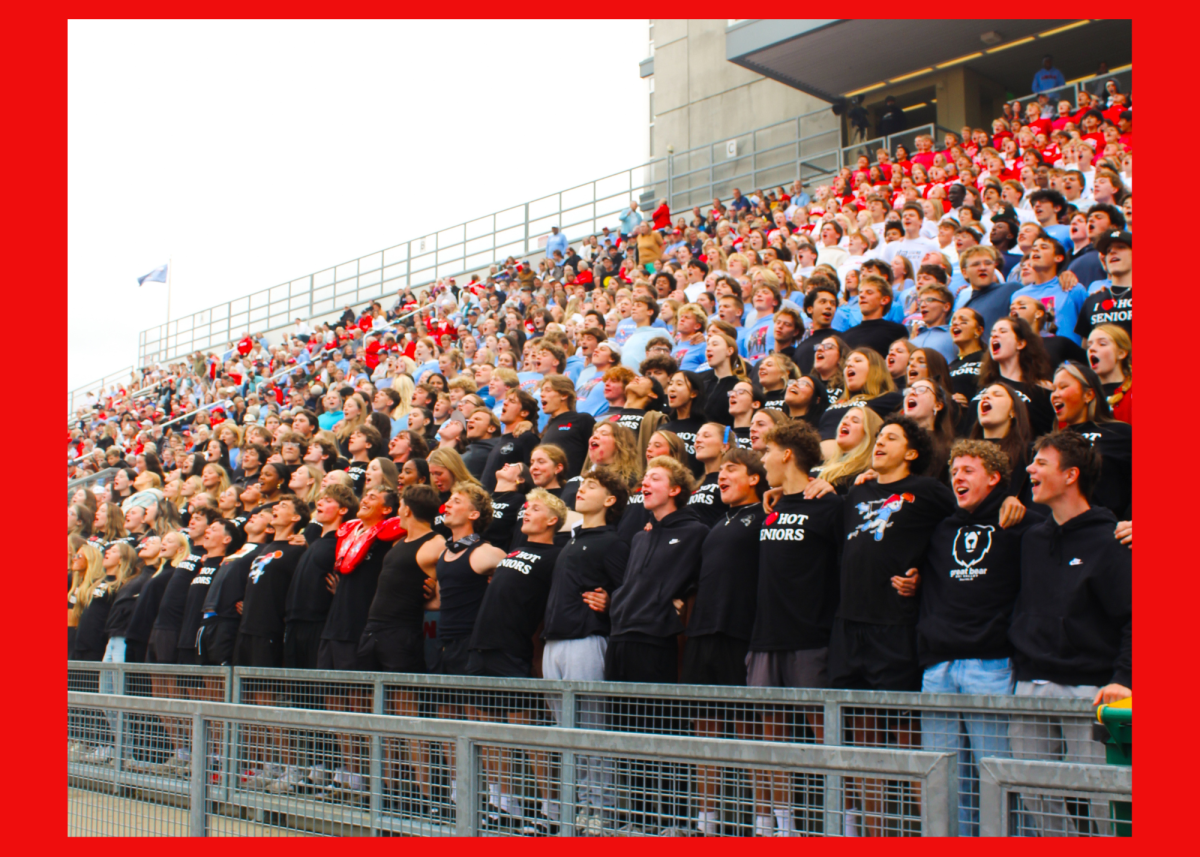
Oura rings have been growing in popularity since the third-generation model was released in 2021. In October of 2024, Oura Ring made the Generation 4 ring available to consumers, selling the gold version for $500. This ring tracks sleep, readiness for the following day, stress levels, menstrual cycles, activity and heart rate. Oura also tracks resilience, heart health, a person’s chronotype or average sleep midpoint. This said, the data for the above must be tracked for around three months.
The main reason I bought this ring was to take advantage of the sleep tracking feature. The Oura app measures multiple sleep contributors: efficiency, restfulness, REM sleep, deep sleep, latency and timing. Since I am a poor sleeper, I thought the ring might be able to give me some insight into how to improve my sleep timing and restfulness. Oura Ring provides information on what factors may be contributing to my poor sleep patterns, and offers insight into how to improve my overall sleep. I like this function because I find that if I take the advice provided, my sleep is enhanced.
Readiness is tracked during your sleep as well. The readiness tab on the app has several contributors: resting heart rate, HRV balance, body temperature, recovery index, sleep, sleep balance, sleep regularity, previous day activity and activity balance. Every morning I check in with the app and read about how my day is expected to go. Typically, when the Oura app tells me I might have a rough day, it ends badly. I am assuming the day is rough because I go into it expecting the worst. However, I have noticed that when I do not check my readiness in the morning, I have a decent day even if my ring data says otherwise. Another observation is that when my readiness is supposedly optimal, I am not ready for the day. This function does not seem as accurate as suggested and is the one I read into the least.
Moreover, there are two functions I look into frequently throughout the day. One is my stress level. The accuracy tends to fluctuate. When I feel more stressed, the app will say I am at a restorative level. Generally, my ring reads more accurately, but there are big gaps in my stress data; this indicates that the ring is not gathering data throughout the day. Other than the gaps, I do favor stress tracking more than the other abilities Oura reads. Furthermore, I look at my activity often throughout the day. This includes my steps, workouts tracked and how close I am to reaching my activity goal. The ring does a good job at picking up when I am working out and can tell me how many active calories I have burned. Unfortunately, the inaccuracy of my steps is rather disappointing. This might be because I move my hands often when speaking, but my ring tends to pick up more steps than I have truly taken.
So, is an Oura Ring Generation 4 worth the purchase? Yes and no. For the price, the accuracy needs to improve. The most disappointing part with Oura is that you have to pay to receive the data. On top of the $500 spent, the app requires an additional monthly fee of $5.99. If the app was free, the ring would be more worth the splurge. Another important factor is the visual aspect, and I enjoy how slim Generation 4 is compared to Generation 3. It is pleasing to look at and fits in with other jewelry. I appreciate seeing certain data like my sleep and activity score but could go without my readiness as I do not need a prediction on whether or not I will have a good day. The overall worth of an Oura Ring truly depends on what a person is hoping to get out of it.




